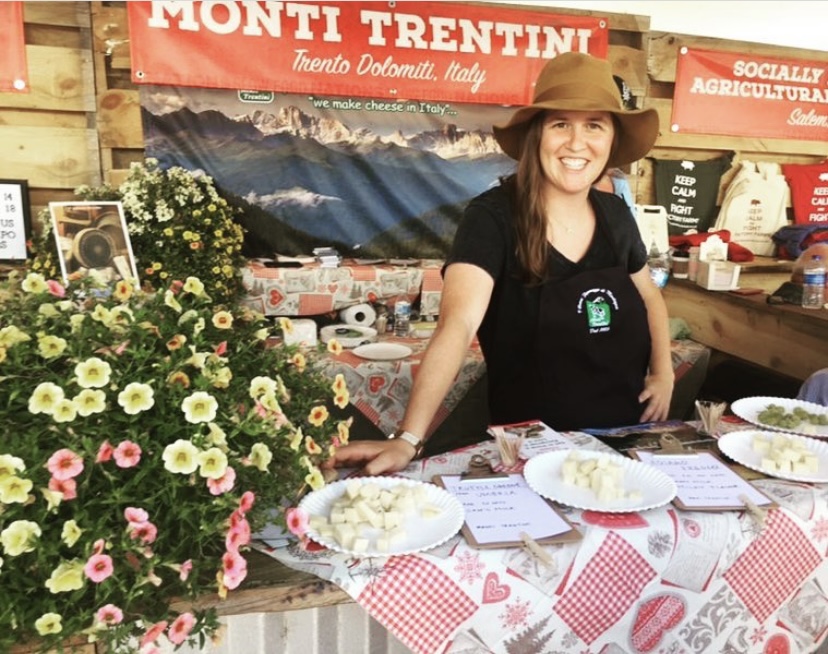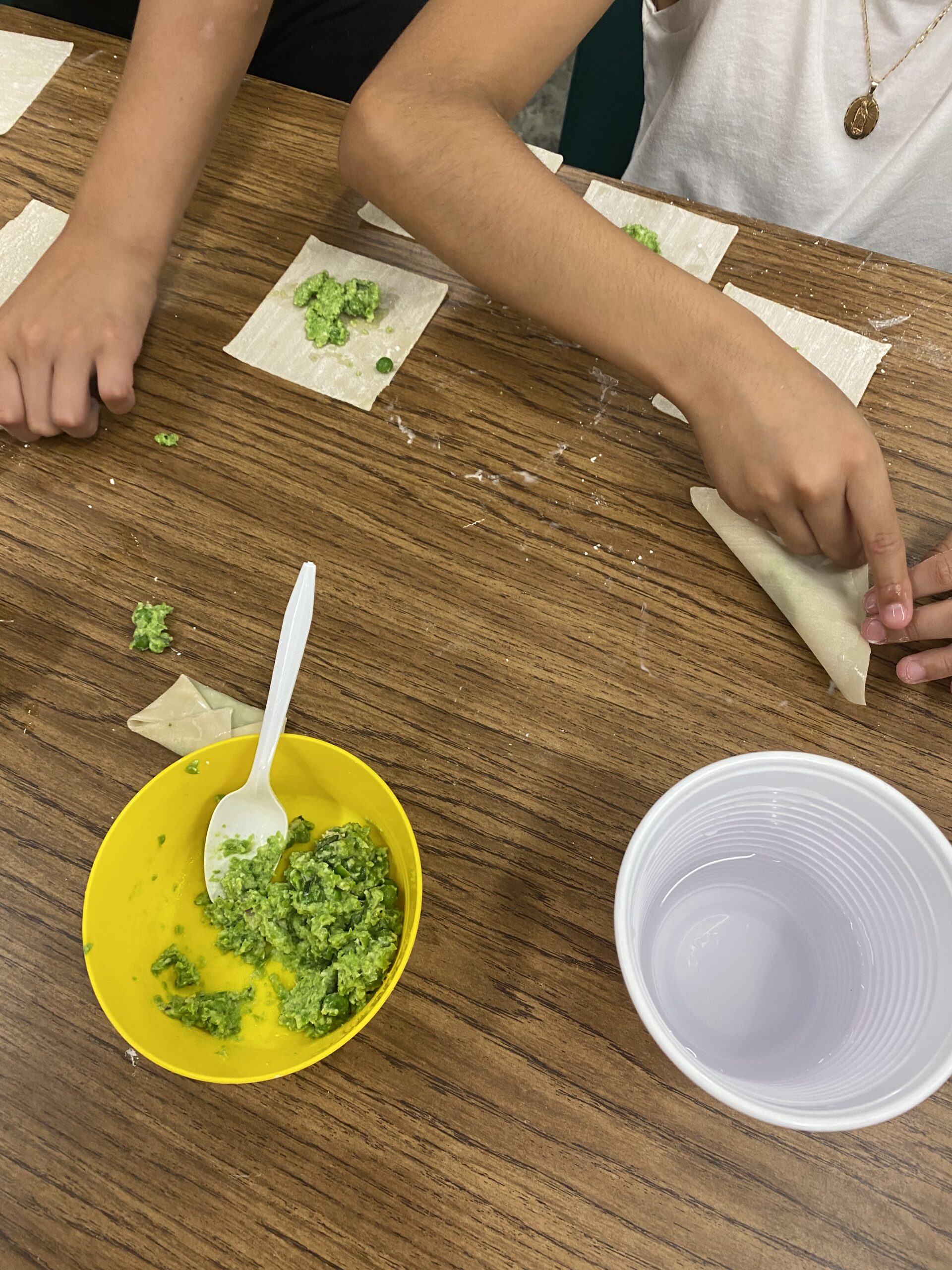SAMPLES, DUMPLINGS & COMMUNITY
I’ve never really wanted to leave the table. As a kid, I’d sit in the kitchen well after the dishes were dried and the lights were dimmed and finish my meal. There was always an adventure at the plate, and traveling slowly was the only way I knew to savor it.
In the summer of 2018, my mom’s neighbor told her he was heading to Denver for Slow Food Nations and needed some help at his Italian cheese booth. My mom rang me, and asked if I could lend a hand. I knew nothing of the organization or the event, but I was drawn to the name, and later, the mascot of a snail, which represented about nothing in the pace of my life besides eating.
On a hot Saturday in July, in the center of the city, a festival unfolded that connected people of food–eaters, producers, chefs, farmers and more. There, I began to cube various Monti Trentini cheeses and doled them onto paper plates. People came by and sampled, wondered and inquired about the farms and the cheese-making process until the sun began to set and only sweaty crumbs remained on weathered plates.

Samples are a thing to revel in, to taste and to talk, strangers brought together in pause. Samples ask you to slow down and consider the product; to find a thought or a feeling to discuss; a question to ask about the ingredient or the place or the people, all in a tiny little morsel in your mouth. A story told, a story shared, in palpable form. And in that brief moment, you don’t need to be anywhere else.
This past summer, three years later, I returned to Slow Food to volunteer with Lil’ Sprouts, a youth cooking class at Cowell Elementary school.
We made pea and mint dumplings with parmesan, ricotta, lemon and shallot. The older group made a batch with carrots, ginger, sweet potato and garlic.
Students zested lemons and ginger, chopped garlic, grated cheeses and carrots, pulled mint and poured peas.

Each had a task, a role in making the dish come to fruition.
As a teacher at a middle school, when I assign projects, my favorite element is scanning the desks and seeing the various approaches each student takes. Seeing their palpable creativity, the routes they travel to produce something. It was such a delight to see this in the form of food.
Some kids wanted to fold the wonton wrappers at great speed, others with delicate care; some with precision to be exactly like the exemplar, others to take on unique shapes. There was chaos and there was order; focus and play. Every piece a reminder that our making and creating and cooking seems to always represent us authentically.

They were so excited to see the process through, to know they were an integral part of the food they were going to eat and share with their families. From the slicing to the sizzle on the griddle, they were able to follow the journey of each ingredient. The cohesion of part to whole. From their early asks of “What are we making today?” to their claims of “This is what we made today,” they saw an idea through to a tangible piece of food, to hold and to enjoy.
At the end, they placed aluminum foil over their little paper plates–their names scribbled in marker, hot dumplings steaming underneath. And after they left for their next activity, in that still summer classroom, a story of food and community remained.
Post by Danielle Ennis

0 Comments